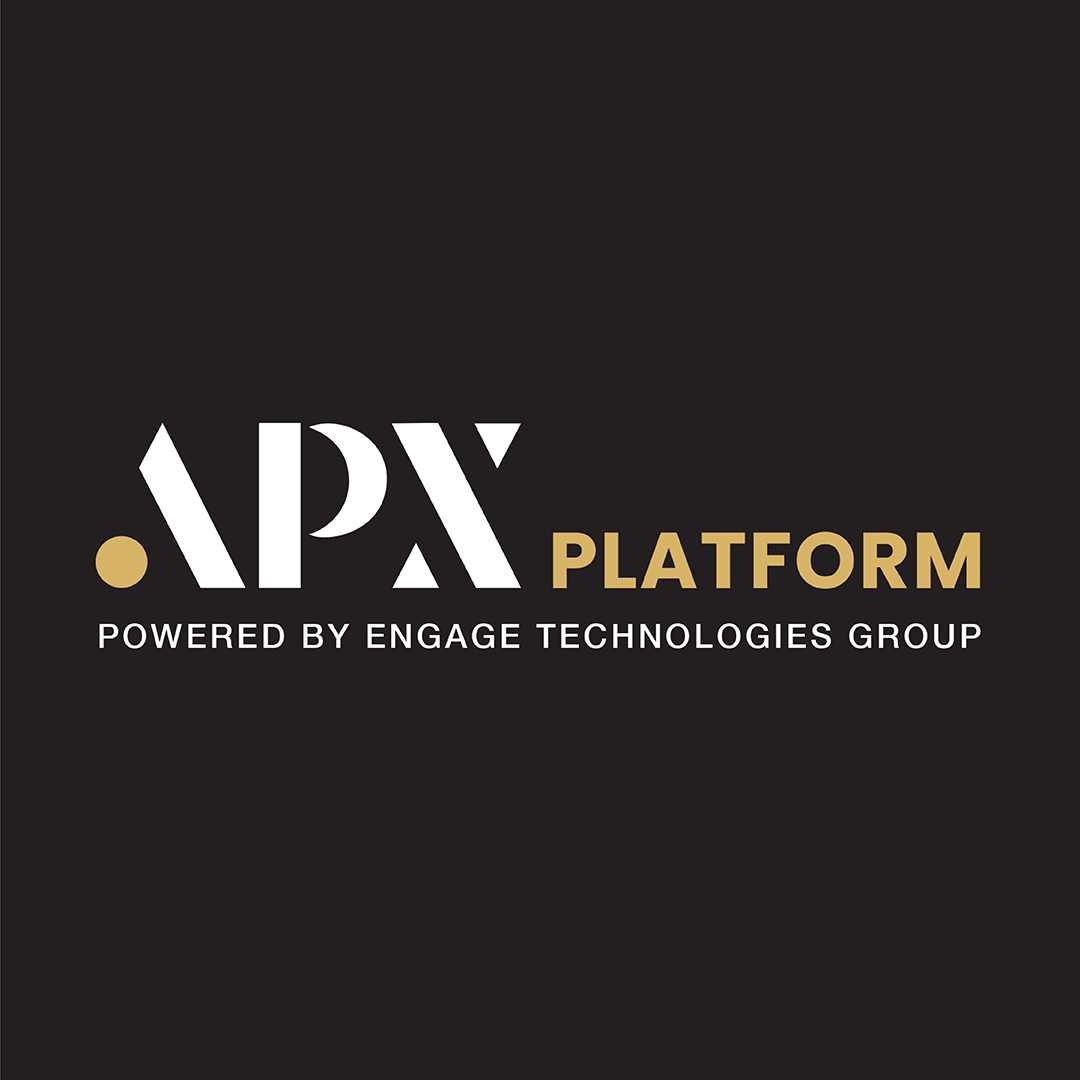6 Strategies to Prevent Employee Turnover
Sep 23, 2022 12:30:00 PM • Written by: APX Platform

Preventing employee turnover is very important to the financial health of your business. High turnover costs, including retraining of new employees, service interruptions, and business inefficiencies, can lead to a decline in customer service.
The 10 Most Common Reasons Employees Leave Their Jobs:
- Lack of training and career development opportunities
- Lack of culture and leadership
- Unsatisfactory salary or pay
- Stress or an unmanageable workload
- Poor communication between management and staff members
- Unclear job descriptions that do not clearly define responsibilities
- Employer’s values do not align with their own
- Inadequate staffing levels to cover the workload
- A lack of recognition by managers when their work is done well
- An inability to provide feedback on performance issues
Developing an Employee Retention Strategy
So, what can you do to help prevent employee turnover? According to LinkedIn's 2019 Workforce Learning Report, 94 percent of employees say that they would stay at a company longer if the company invested in helping them learn and develop new skills. In addition, organizations with a strong onboarding process retain 91% of their first-year workers.
Here are six strategies to help combat employee turnover and increase your employee retention rates:
1. Make Sure Your Practice Has a New Employee Orientation in Place
New-hire orientation is a formal event to introduce the new employee to your practice’s structure, vision, mission, and values; review the employee handbook and highlight major policies; complete required employee paperwork; review pertinent administrative procedures; and provide mandatory training. This process can be overwhelming to a new employee, so it is best done over a week, even home study prior to them starting if possible. Your onboarding program should review your practice’s culture, define their specific role and responsibilities, identify a mentor or who they can turn to for help and support, and provide a clear path for growth.
2. Have a 30/60/90 Day Plan
Possibly the most important element in your onboarding program is developing a 30/60/90-day plan. This is an overview of your new hire’s three-month ramp-up period, and what you expect of them as they get more familiar with your practice and their new role. Practice Managers can set most of the objectives along with the owner or manager, but they should leave several areas open for the new hire to fill in based on where they’re interested in growing. This plan will give employees and their managers a clear and measurable way of monitoring progress so they can easily adjust their course of action and track their progress.
3. Manager Check-ins
As part of the 30/60/90-day plan, you should have weekly or bi-weekly manager check-ins. These check-ins are recurring meetings where your managers and new hires can chat about how they’re doing, understand what is working and what's not, ask any questions, and coach to where they need more training and support. These check-ins should be an ongoing part of your employee lifecycle, meaning they shouldn’t stop after onboarding is complete. Employees should always be presented with an avenue for open-door communication.
4. Stay Interviews
Stay Interviews are more formal check-ins. There are several benefits to developing and maintaining a “Stay Interview” program. Stay interviews build trust and employee loyalty. When employees see that their manager cares enough to have a periodic Stay Interview and seek ideas from them, it promotes trust of management and loyalty. Employees rarely leave employers they like and respect.
5. Create Connections
Having friends at work does have benefits! Employees who have friends in the workplace and a positive, team culture tend to be less likely to be actively looking for other job opportunities; feel more connected with their co-workers; are more confident in what is expected of them, and are more likely to speak up and be more innovative; have a higher job satisfaction; and feel less stressed, worried, frustrated, or tired during the workday.
Encouraging employees to get to know each other is not only a great way for your team to find common ground but also one of the best ways to promote collaboration and friendship. Planning team-building activities that are fun and engaging is a great way to cultivate a positive team culture.
6. Establish and Embrace an “Employee First” Leadership Philosophy
An “Employee First” Leadership Philosophy means your management style embraces active listening to get to the heart of any issue and make your team feel valued and heard. Empathy is very important. Make it a priority to show your team members you care about them. Support them with personal issues when possible. Don’t gloss over issues because they are difficult. Address problems as they arise so you can resolve them. Hone your communication skills so that your team understands their roles and stays focused on the practice’s long-term mission and goals. Provide educational opportunities to help your team members grow and develop so they feel they have a long-term career plan.
Are you ready to learn more about running a business, managing employees, and creating a profitable company? Our on-demand training covers everything from operations to sales to marketing, based on Terri Ross's tried and true methods. Click here to discover more about these powerful training modules.
APX Platform
APX Platform is the world's first Practice Performance System. With a commitment to fostering growth and success for medical aesthetic practices, we bring unparalleled expertise to the forefront. Through our articles, our team of experts share valuable insights, tips, and industry knowledge that will elevate your practice to new heights. Stay tuned for the latest updates from APX Platform.
